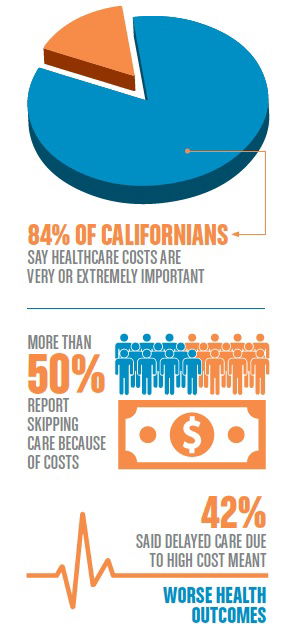Healthcare Today


Currently, there is no single state agency responsible for monitoring health care cost trends across job-based coverage, individual markets, or medicare. However, the California State Government is considering creating an Office of Healthcare Affordability with an Office of Statewide Planning and Development. This department was initially part of Governor Gavin Newsom's 2020 budget proposal, but it was abandoned amiss the state's Covid-19 response. Now, this department has been proposed again in the California Health Care Quality and Affordability Act, which will be used to collect state healthcare expenditure data. If passed, the first annual report on the data collected would be published before June 26, 2026, which would provide policy solutions for addressing high healthcare costs. This act passed through the California State Assembly on June 3, 2021 and now awaits approval by the California State Senate.